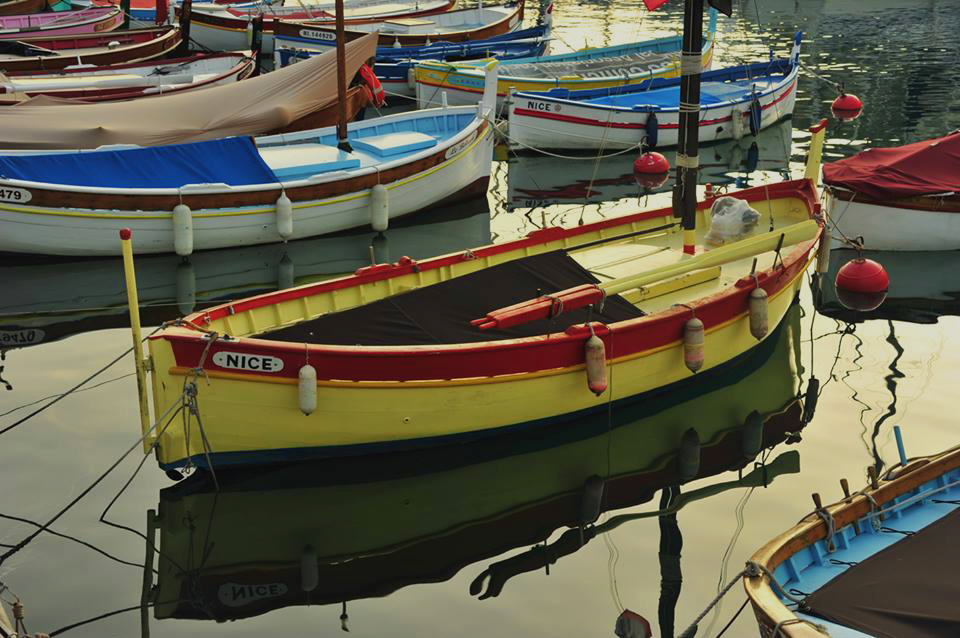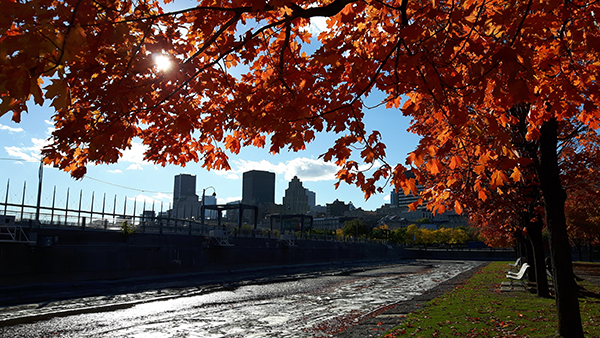
Faces of Côte d’Azur
It is not only the countless natural and cultural treasures of the French Riviera that entices people to visit this region, but in addition to the prestigious festivals of Antibes and Cannes there is an increasing number of international conferences that brings thousands to this sunshine empire, the world-famous capital of Côte d’Azur,Nice. Nice’s “bohemian” […]
